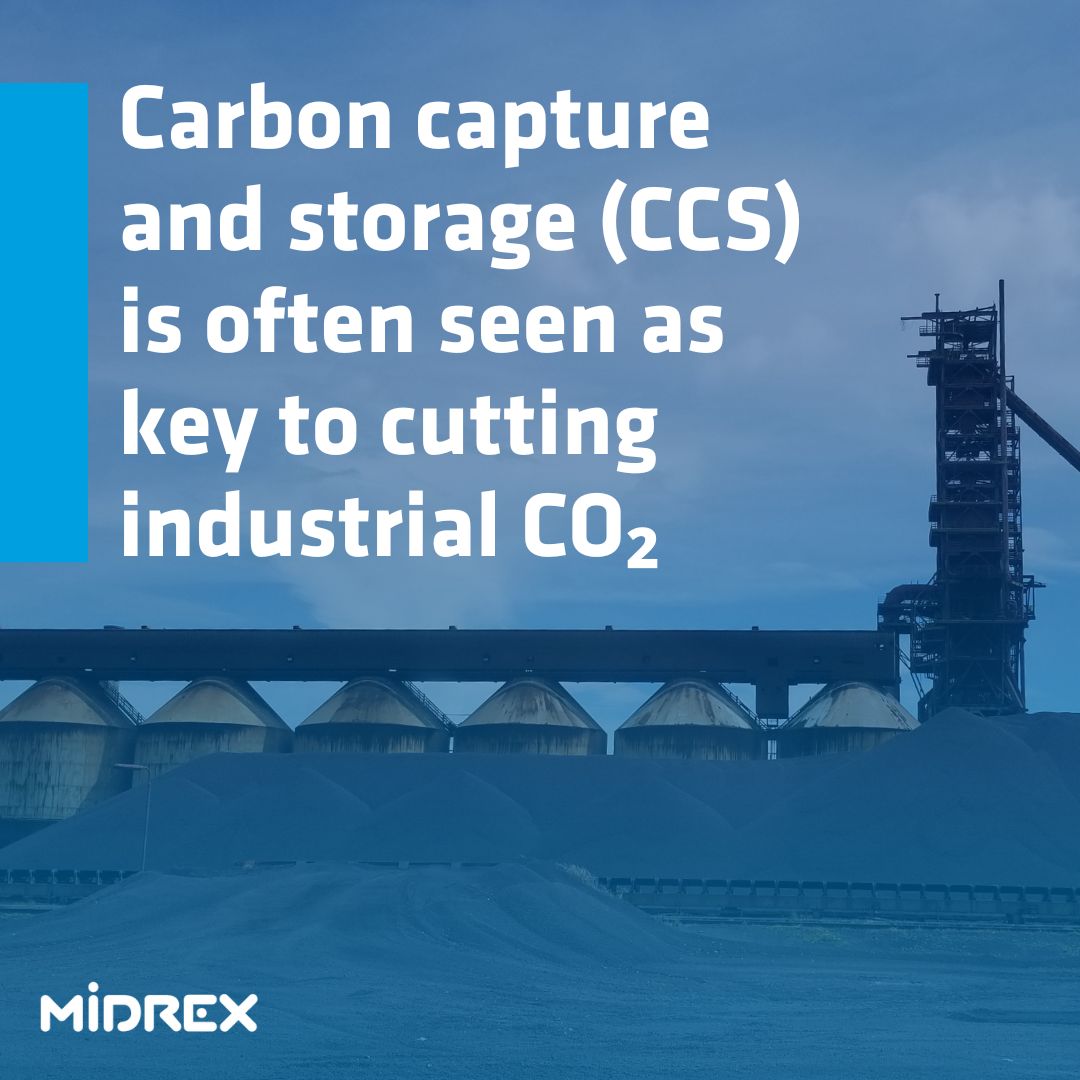Story
Is CCS a Solution for Iron and Steel? Only in the Right Conditions
August 19, 2025
Carbon capture and storage (CCS) technology has long been touted as a solution for heavy industries needing to lower carbon emissions and transition towards net zero.
By capturing carbon dioxide (CO₂) from industrial processes and storing it securely underground, many hope that CCS can help decarbonize even the most emissions-intensive sectors.
In the global iron and steel industry, CCS is one of several technologies under consideration as companies work to reduce their environmental impact. While it holds potential in specific settings—particularly in countries with abundant coal resources and supportive policy frameworks—its practical use in steelmaking remains limited.
However, CCS is only one of many approaches that can help reduce CO₂ emissions in the iron and steel sector.
Direct Reduction of Iron (DRI) has long been used as an alternative ironmaking route in regions where natural gas is more readily available than coking coal. While not initially developed with decarbonization in mind, DRI has gained increasing attention as a lower-emissions alternative to the blast furnace—especially when paired with green hydrogen made from non-fossil electricity. Although it currently accounts for a modest share of global steel production, its role is expanding as the industry seeks practical ways to reduce CO₂ emissions.
The DRI approach shows much greater potential for wide-scale uptake compared with other decarbonization routes. Hydrogen use in the iron and steelmaking process could be a viable decarbonization option if some significant barriers can be overcome.
For now, CCS remains a niche technology for steel and is likely to work only in very specific locations and under particular circumstances.

What is CCS?
CCS usually refers to technology that removes CO₂ from the waste gases of an industrial facility or electricity-generating plant. This can be achieved in a number of ways, including the use of chemical ‘scrubbers,’ which separate the CO₂ from the waste gases created during combustion and absorb it into a liquid, dry powder, or slurry.
Most uses of CCS involve separating the gas, compressing it, transporting it to a suitable geological storage site, injecting it at high pressure, and monitoring the storage site for possible leaks. All these processes increase a plant’s cost, both in the capital investment in the technology and the long-term operating costs.
Reality vs high hopes
Despite being promoted as a decarbonization tool for heavy industry, CCS has delivered limited success in practice.
The Institute for Energy Economics and Financial Analysis puts it bluntly: “Over several decades of implementation in a range of sectors, carbon capture, utilization and storage (CCUS) has accumulated a track record of underperformance and failure.”
Carbon Capture and Use (CCU)
Global iron and steel technology and services provider Midrex has mostly focused on deploying technology that can either reduce CO₂ emissions today or be configured to provide a company with the flexibility to adjust feedstocks and chemical reducing gases as markets evolve.
For Natural-Gas plants (MIDREX Flex®), CO₂ removal is not necessary because the CO₂ is recycled back into the reformer and converted into carbon monoxide (CO) gas, which is used as a reducing and carburizing agent.
Any MIDREX Flex plant can be designed with CO₂ removal or with provisions to install CO₂ removal at a later date if it is economical and if there is a means to store or utilize the CO₂. There are two main options for separating CO₂ before capture. First, CO₂ can be removed from the top gas fuel which is used in the reformer for heating. This can reduce CO₂ emissions by up to 50%. Second, CO₂ can be removed from the flue gas of the reformer after heat recovery. This can reduce emissions to almost zero.
Examples where CCS shows potential
Several CCS units have been developed at various steelworks in India and South Africa. Midrex has also designed and engineered CO₂ removal systems for direct reduction plants based on coal gasification or COREX(R) off-gas. These include Jindal Steel and Power Ltd (JSPL), which has installed a 3,000 tonnes per day capacity CCS unit at Angul, Odisha.
A further element that can support the economics of CCS is where the CO₂ can be utilized for other industrial purposes. For example, JSW Steel’s project at Vijayanagar aims to liquefy captured CO2 to be sold locally. Other examples include instances where the CO2 can be used for other purposes such as enhanced oil recovery.
Conclusions
Carbon Capture and Storage (CCS) is sometimes hailed as a ‘silver bullet’ that can play a major role in decarbonizing heavy industries. In reality, it is only one of many approaches and technologies that could play a role in reducing emissions from the iron and steelmaking industry. Most Direct Reduction plants lack access to users or local CO2 storage sites on a scale that could make CCS commercially viable. Transporting the CO2 long distances to such sites is too expensive. Instead, companies are testing the technology to assess its viability and costs, with a view to deploying CCS systems in locations where the availability of resources and supporting climate policy or other commercial opportunities from selling the waste CO₂, can make the technology economically viable.